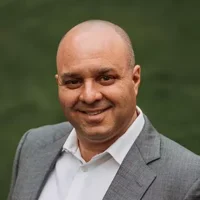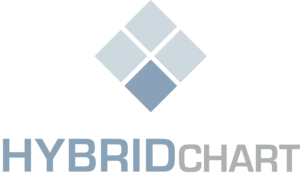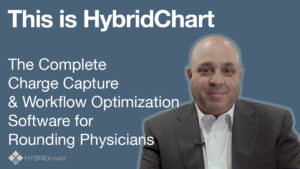Medical and surgical practices have seen a steady decline in reimbursements over the past 15 years. Medicare and private payers have systematically rewritten fee schedules and bundled services, resulting in a decline of revenue totaling close to 30% for some specialties.
During this same time, the cost of doing business has increased. Rent, salaries, IT systems, health insurance – almost every aspect of running an independent practice has gone up. Declining revenue with rising overhead means less profit, and physician owners pay themselves based on profit.
In response to these external forces, doctors have adopted a lean approach to healthcare and managing their business. They are seeing more patients, operating with less support staff and have streamlined their internal billing processes. Despite these efforts, some practices continue to see declines in revenue.
Could hospital discharges have some part to play?
This is not an area where the focus is placed regarding medical practice income. Rather, this topic has been under the “quality delivery” spotlight and indirectly related to hospital readmissions.
Let’s look at hospital discharges from a financial perspective: As an example, consider a patient cared for in the hospital by a specialist. He or she will require follow up after discharge in the out-patient setting.
At first glance, this is a simple formula. If the patient follows up, then the practice can bill for an office visit. Well, it is never just one office visit. Clinical care is usually a model of recurring revenue over the course of treatment – or even the lifetime of the patient.
Now, let’s expand beyond office visits. Many patients have ancillary testing done, which increases the revenue associated with care. To take this even a step further, physician practices rely heavily on word-of-mouth marketing for patient referrals. Patients refer their family members, neighbors, co-workers and friends. Given that physicians rarely participate in direct-to-consumer marketing, and tend to have under-developed social media platforms, direct referrals from patients account for more new business than most practices recognize.
A patient who does not show up for a follow-up visit after hospital discharge is therefore potentially devastating to a business. The revenue loss is exponential over time.
Close the loop from the hospital to the clinic.
To prevent this unnecessary loss of income and referrals, practices need to adopt workflow efficiency tools that include discharge management. These tools will help ensure that scheduling staff at the office are aware of discharges in real time so that extra care can be made to contact the patient. Alerting staff about language barriers and social issues that may interfere with office follow-ups could be the difference between a no-show and a long-lasting doctor-patient relationship.
Efficiency tools help the office staff as well. How much time is wasted trying to arrange office visits long after the discharge? How much time is wasted trying to arrange follow up visits with patients who live out of town and have already returned home? Giving the schedulers visibility and direction early in the process saves everyone time.
Streamlining your hospital workflows and how they interface with the office setting will improve your chances of complaint follow-ups. In addition to the better quality of care delivery, the financial gains for a private practice are not trivial. Workflow efficiency tools, like HybridChart, can help your practice evolve with an ever-changing landscape of clinical medicine.
Learn more about how HybridChart can help you improve your revenue cycle, decrease days in AR, and increase profitability. See how it works today.







